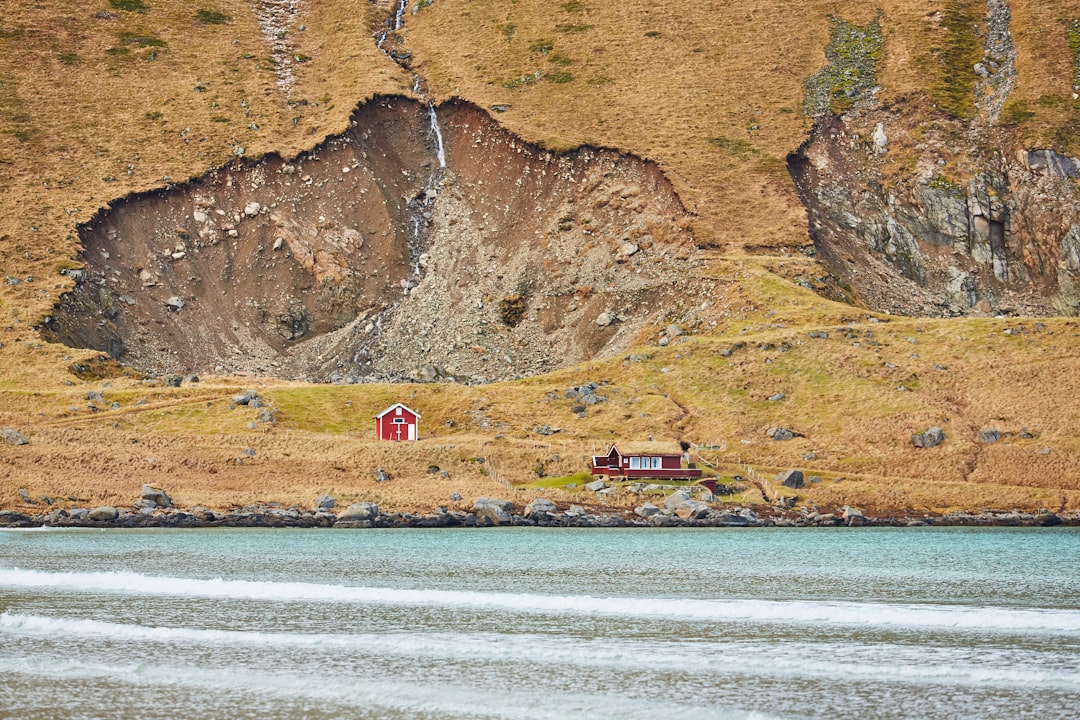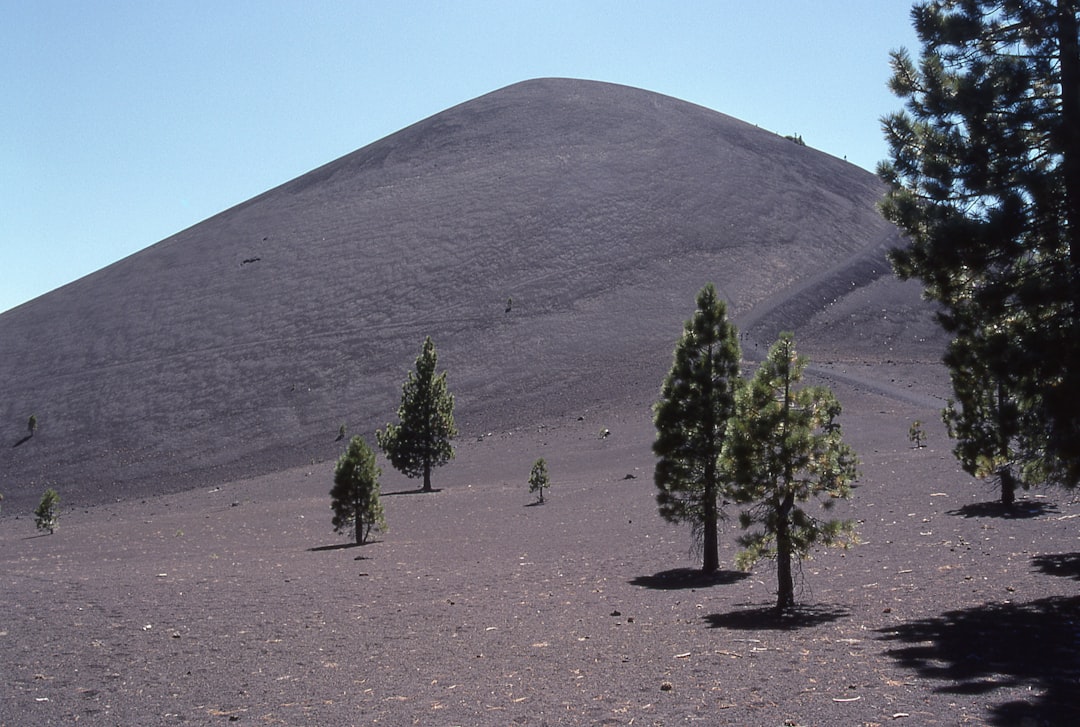What is it about?
The Munali nickel deposit occurs as a sulfide-cemented breccia (chaotically broken, veined and recemented) around the edge of a small gabbro body that is intrusive into metamorphosed sedimentary rocks of the Zambezi Belt. The sulfides occur together with an unusual mineral association of magnetite, apatite and carbonate, which together enclose blocks of coarse gabbro and of olivinite. Zircons extracted from the gabbro blocks have radiometric U-Pb ages of 862 million years, whereas zircons from the magnetite-apatite-carbonate breccia matrix have slightly younger ages of 860 to 856 million years.
Featured Image
Why is it important?
This nickel sulfide deposit does not easily fit into the many classification schemes for nickel deposits. It is quite unusual in its shape (annular), position (at the top of a sill-like intrusion) and mineral composition (sulfides associated with apatite, magnetite and carbonates). Although its precise geological environment of formation is not yet well understood, it seems to have been generated during passive margin extension, which is not normally known for generation of nickel deposits. All these, and other aspects, should be investigated to allow for better exploration practices.
Perspectives
This unusual nickel sulfide deposit was discovered in the Munali Hills in the 1960s and commenced commercial development in 2006. It has intermittently produced nickel sulfide concentrates since 2008, but was put on care and maintenance in 2011 due to the low prevailing price of nickel on the world market. Nevertheless, it remains important to the Zambian government as a potential employer in the underdeveloped Southern province, and as a diversification away from reliance on copper.
Dr David M Evans
Natural History Museum, London
Read the Original
This page is a summary of: The Munali Ni sulfide deposit, southern Zambia: A multi-stage, mafic-ultramafic, magmatic sulfide-magnetite-apatite-carbonate megabreccia, Ore Geology Reviews, March 2017, Elsevier,
DOI: 10.1016/j.oregeorev.2017.02.034.
You can read the full text:
Contributors
The following have contributed to this page










